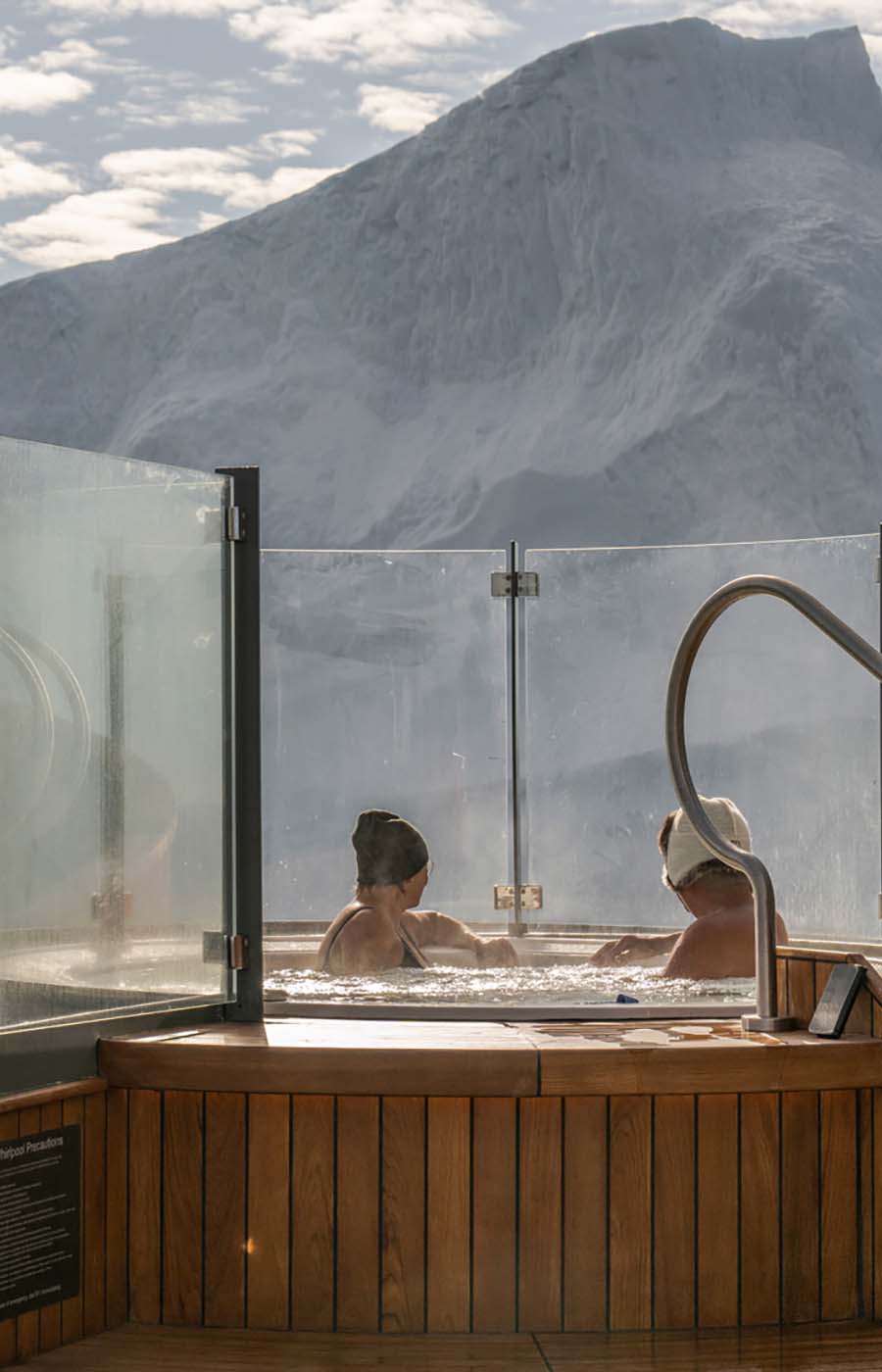What to know before visiting one of the world’s most breathtaking — and hospitable — countries
It’s nearly impossible not to have an incredible time in Thailand. Its lush, unspoiled natural beauty, and warm, welcoming people — combined with incredible food, beautiful beaches, and a mind-boggling range of attractions to suit travelers of all types. There are some things to know, both before you go and when you’re there, that’ll go a long way toward ensuring a trip that’s both trouble-free and incredibly fun.
There are so many fascinating — and multifaceted — cities in Thailand, but there are two top choices that truly have it all: Bangkok and Chiang Mai.
Bangkok is the biggest city in Thailand (with 14 million residents) and is consistently one of the most popular tourist spots not just in Thailand, but in all of Southeast Asia. From glittering skyscraper hotels, to historic temples and shrines, to bustling street markets, the city has so many facets. Top attractions include the Khao San Road (a bustling, pulsating thoroughfare known for its bars, restaurants, massage parlors, and street vendors of all types), and Wat Pho temple (an iconic symbol of the city, with its giant reclining Buddha).
Chiang Mai has a more relaxed vibe than Bangkok: Wander the narrow lanes of the quaint old-town area in the city center, enjoy some of the country’s best Thai massages and street food, and visit a few of the city’s 300 temples (don’t miss the most famous, Wat Phrathat Doi Suthep, just outside Chiang Mai on a hilltop overlooking the city).
Thailand’s islands all have their own personality, so the top choices really depend on what you’re looking for.
Phuket is the most luxurious, with no lack of six-star hotels and resorts on beautiful beaches, plus plenty of top-tier restaurants and boutiques and a ritzy nightlife scene.
Koh Samui also has more than its share of ultra-luxury resorts and creature comforts but a more toned-down overall vibe, with numerous world-class spa and yoga retreats (it also has plenty of family-friendly choices with all the comforts of home). And Koh Phi Phi (Phi Phi Island), almost entirely rebuilt after it was destroyed by the 2004 Indian Ocean tsunami, is popular with younger, single travelers looking for the perfect combination of relaxation and nightlife.
From aromatic soups to hearty noodle dishes, traditional Thai cuisine is bursting with flavor, texture, and freshness. There are so many dishes you have to try, starting, of course, with pad thai — the well-known fried noodle dish usually made with chicken or shrimp (or in vegetarian form). Another ubiquitous dish (served by street vendors and restaurants alike) is guay teow, or noodle soup. It comes in many versions — with chicken, pork or beef; rice, egg noodle, or wontons. But one of the main draws are the toppings, like dried chili peppers, lime juice, and fish sauce — all combining for a dynamic flavor mix.
Related Seabourn itineraries and amenities below
Beyond these two iconic dishes, there are plenty of others to try. If you’re looking for something with a kick, try som tam (spicy green papaya salad), or laab (a super-spicy salad that comes in many varieties: with chicken, pork, duck, beef, or mushrooms, mixed with mint). If you’re in northern Thailand (especially Chiang Mai), don’t miss the regional favorite, khao soi, or creamy coconut curry noodle soup, with its mouthwatering mix of sweet and savory flavors. And no matter where you are in the country, it’s tough to go wrong with curry, from panang (the mildest version) to green curry (the spiciest).
Lastly, the fresh fruit in Thailand is delectable. Most notably: the sweet mangoes. They’re the best in the world, so indulge away.
Lastly, a quick tip on water: tap water in Thailand is not generally recommended (save for water at hotels and restaurants with in-house purification facilities). But bottled water is the norm, and very inexpensive — so it’s both easy and recommended to stick with for your trip.
There’s an extensive range of transportation options in Thailand; the choices vary depending on your budget, where you’re going and how fast you want to get there. If you’re traveling longer distances within the country or to its outer islands, the quickest and least expensive way is to fly. Thailand has around a half-dozen low-cost domestic airlines, including Thai AirAsia and Thai Lion Air.
For shorter and mid-range distances, there are many trains and buses at various trim levels, from bare-bones to deluxe. Trains are generally more reliable and pleasant than buses, but they’re also more expensive. As far as travel within cities, there are also a variety of options. In Bangkok, for example, you can choose the modern Skytrain system for convenience, or a traditional tuk-tuk (rickshaw) for a more authentic (and adventurous) experience.
Lastly, boat travel is, of course, popular in and around Thailand given its geography. Ferries regularly take passengers to and from the country’s numerous islands. On the other end of the spectrum, a cruise through the area is a great way to get a sense of the scope of Thailand’s beauty, without having to book individual legs of travel (or lift a finger at all, for that matter).

